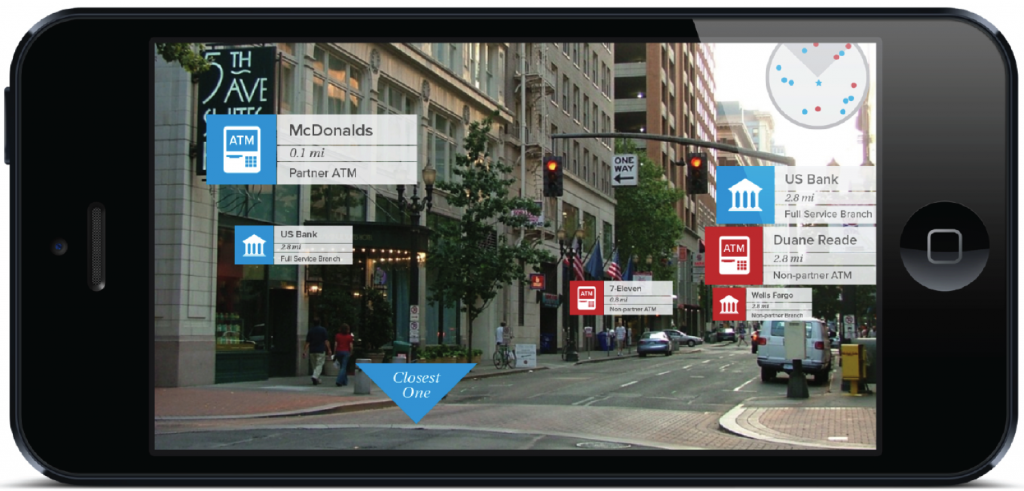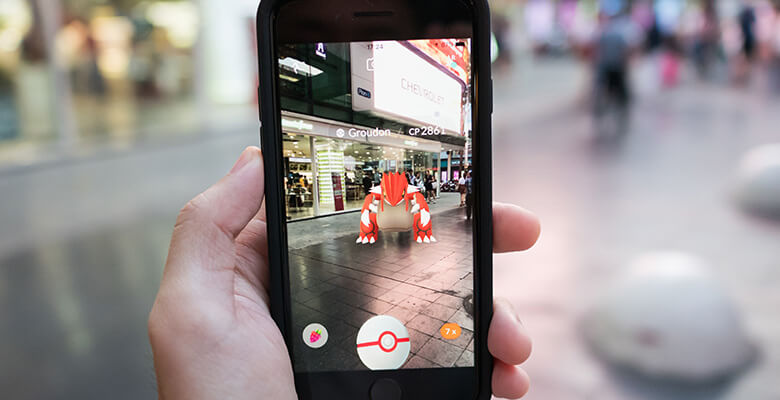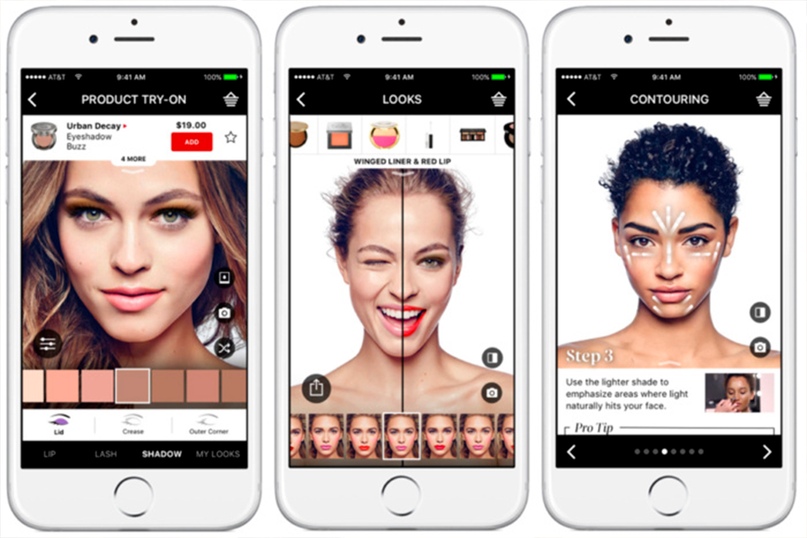Now you see why marker-based AR apps made such a big fuss in practically every business sphere.
Markerless augmented reality apps
It is possible to distinguish the third type of an augmented reality application. Markerless AR apps. This is an AR option which doesn’t require any major anchoring to the real world so to say. It doesn’t require any GPS location to place a virtual character in the surroundings.
Perhaps one of the most prominent examples of markerless augmented reality apps is IKEA’s Place application, which makes it possible to place an object (a piece of furniture in our case) into your room before even buying it. Thanks to its 3D modelling, IKEA Place allows you to project the interior of your home without worrying too much about the dimensions, the style of a piece of furniture, and other dreadful things.
How and why to develop augmented reality apps
When you’ve decided that you need an augmented reality app, the first thing you need to understand about AR is that this technology demands access to image processing expertise. With this image access, your app will be able to capture and analyze the patterns of the real-world environment.
If your programme will be mostly about generating new images on top of the real-world objects or environment, then you should think thorougly about making these images credible and realistic.
Another thing to consider is the proportions of the 3D image (like in the case with IKEA Place). Developing the imagery correctly aligned with the real-world environment can be extremely tricky but of course possible. Failed UX or UI will result in an app of little worth. It will be simply hard to use it.
It is a well-known fact that AR and VR technology industry has been growing rapidly for the recent years. From the UX point of view, the best option for you will be developing a moderately simple and intuitive app. The app needs to solve the user’s problems, not to make the additional ones.
But apart from the image processing technology, there are other things to understand in the AR development process. That’s why we advise you to get professional outsourcing app, like ZenBit Tech.
Deciding that your business or brand needs augmented reality technology means that you are in a constant pursuit of cutting-edge technologies and that you always look for new opportunities. An augmented reality app can bring you great profit and revenue flow. But in order to make your business flourish, you need to clearly understand why you need to develop an augmented reality app.
How to develop my augmented reality application?
Since the demand for augmented reality is growing fast, there are already lots of businesses which want to enter this niche and make a profit. That’s why the best way to scale and kickstart your AR application is to give it into the hands of the professional outsourcing company. The developers will not only build it for you but also keep you out of time wasting worries.
DevOps as a ServiceDevOps on autopilot
CTO as a ServiceStregthen your team
Software testingEnsure software quality
Discovery phasePlan your priduct from a to z
Cloud ServicesGeneral information about healthcare cloud services
Google Cloud ServicesEnsuring confidentiality when working with medical systems
AWS Cloud ServicesServices specially designed for the healthcare industry
Microsoft Cloud ServicesPlatform processing, analyzing and sharing medical data




